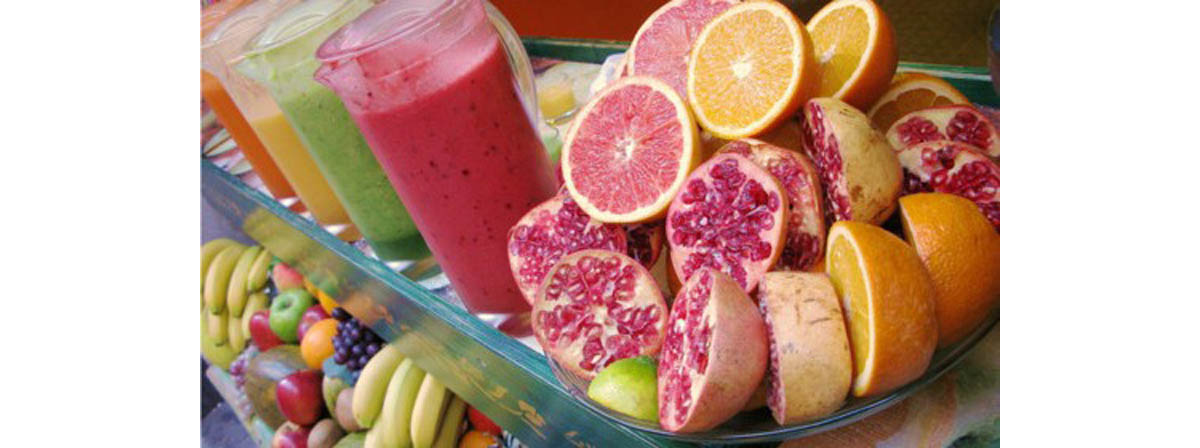Table of Contents
It can feel like a struggle to increase your protein intake and break away from the high carb, low protein mindset, but here are some examples of how you can increase your protein intake throughout the day:

Breakfast
- Whole eggs, either boiled, scrambled or poached, or made as an omelet with added chopped ham, chicken or low-fat cheese for an extra protein kick.
- A frittata made with whole eggs, egg whites, or a mixture of both.
- Natural, no added sugar or fat Greek yogurt with mixed berries and a small handful of nuts, such as almonds, walnuts, cashews or pistachios.
- Lean grilled bacon or turkey bacon.
- Even switching from white toast to whole-grain, or sugary kids cereals to something like oats, or a bran cereal will take your protein count up a little.
Lunch
- If you opt for a sandwich, make sure it has a meat or fish filling.
- The same rule applies if you eat pasta – meat, fish or another protein-filled food are a must.
- Better still, go for a salad with plenty of protein-packed toppings. Chicken, turkey, cold beef, salmon, ham, tuna and mackerel are all great in salads.
- If you’re a veggie, add beans, legumes or low-fat cheese to your salad. You could also make a lentil or chickpea-based soup, or have some cold frittata left over from breakfast.
Dinner
- The deal here is the same as lunch. Cut down on your carbs (rice, pasta, bread, potatoes, etc.) and stock up on extra protein. Dinner is a fantastic time to experiment, so try different protein sources you haven’t had before, such as buffalo, bison, liver, bream, fresh tuna steaks or seafood.
Snacks
- Protein shakes are easy, convenient, cheap, and a quick 25 gram protein hit.
- Cold deli-style meat is a refrigerator essential.
- Go for jerky if you don’t have anywhere to store cold meat.
- Cottage cheese is a high protein snack essential if you can stomach the texture.
Concerns
According to nutritional scientist Dr. Layne Norton, high protein diets do not cause heart disease, liver or kidney damage or bone loss in otherwise healthy people. If you’ve had a liver or kidney issue in the past you may need to take a step back on the protein front, but this is something you should discuss with your doctor.
- "Myths Surrounding High Protein Diet Safety"
- By Dr. Layne Norton
- Published on August 16, 2012
- Accessed on April 20th, 2013
- Retrieved from http://www.biolayne.com/uncategorized/myths-surrounding-high-protein-diet-safety/
- Photo courtesy of Gilberto Gibac by Picasa : picasaweb.google.com/lh/view?q=proteins+bodybuilding&uname=109008901828086469253&psc=G&filter=1#5783360318872888898
- Photo courtesy of Arya Ziai by Flickr : www.flickr.com/photos/aryaziai/8732000457/


Your thoughts on this